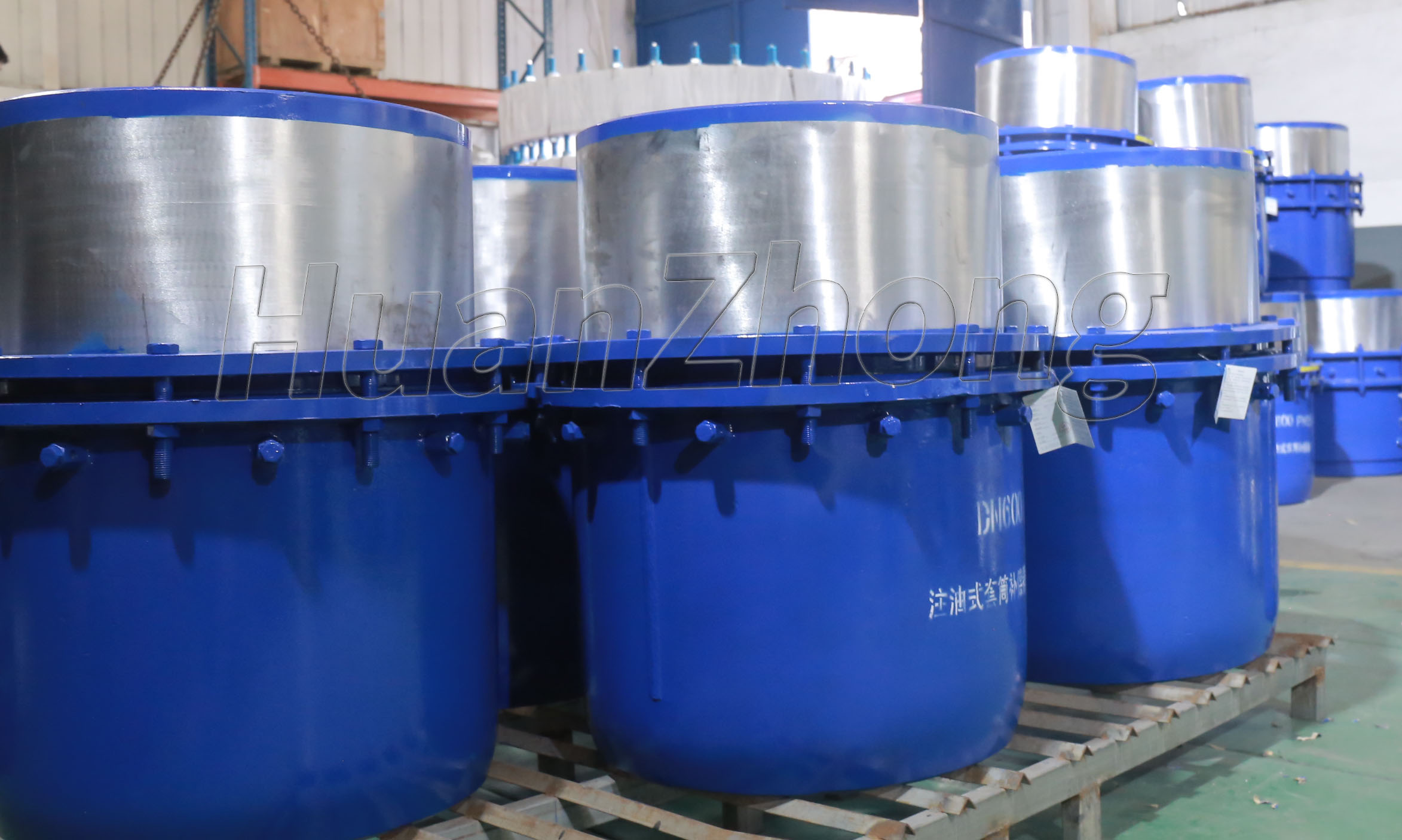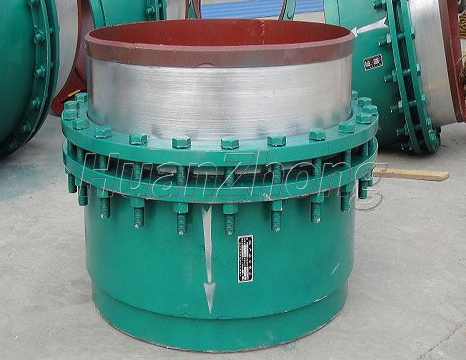The use and installation of sleeve compensator
The use and installation of sleeve compensator
Sleeve compensator, also known as tube expansion joint, is a compensation device for thermal fluid pipeline. Mainly used for straight pipeline auxiliary installation after the axial thermal expansion and displacement absorption compensation. It is a one-way or multi-way compensator for fluids in the pipeline. Sleeve compensator is widely used in pipelines of urban heating, metallurgy, mining, power generation, petrochemical, construction and other industries. It is mainly composed of casing (core tube), shell, sealing materials, etc.


The inner sleeve of the sleeve compensator is connected to the pipeline. Adopt the principle and structure of high performance self-pressure dynamic seal. It can slide freely in the casing with the expansion and contraction of the pipeline, and can adapt to the sealing requirements of any pipeline. The shell and inner sleeve are sealed by new synthetic materials, which are resistant to high temperature, corrosion and aging, and can ensure both axial sliding and no leakage of medium in the pipe.
1 . Sleeve compensator should be properly stored when installed to prevent sun, rain and dust pollution.
2 . Check whether the type and specification of the compensator are consistent with the design when installing, and the surface of the product should be free of bruises, pressure pits, serious rust and other defects affecting product quality.
3 . When the total length of the one-time compensator is consistent with the sample, there is no need to stretch or compress. If the installation mark line on the expansion main has changed, it should be adjusted before installation.
4 . For bi-directional thrustless compensators, they must be installed in the direction of media flow as indicated in the drawing. When the medium is steam, the formation of air lock in the compensator can be avoided. In order to ensure that the compensator is equal in both directions, the design must be arranged in the middle of the two fixed points of the two-way compensator.

